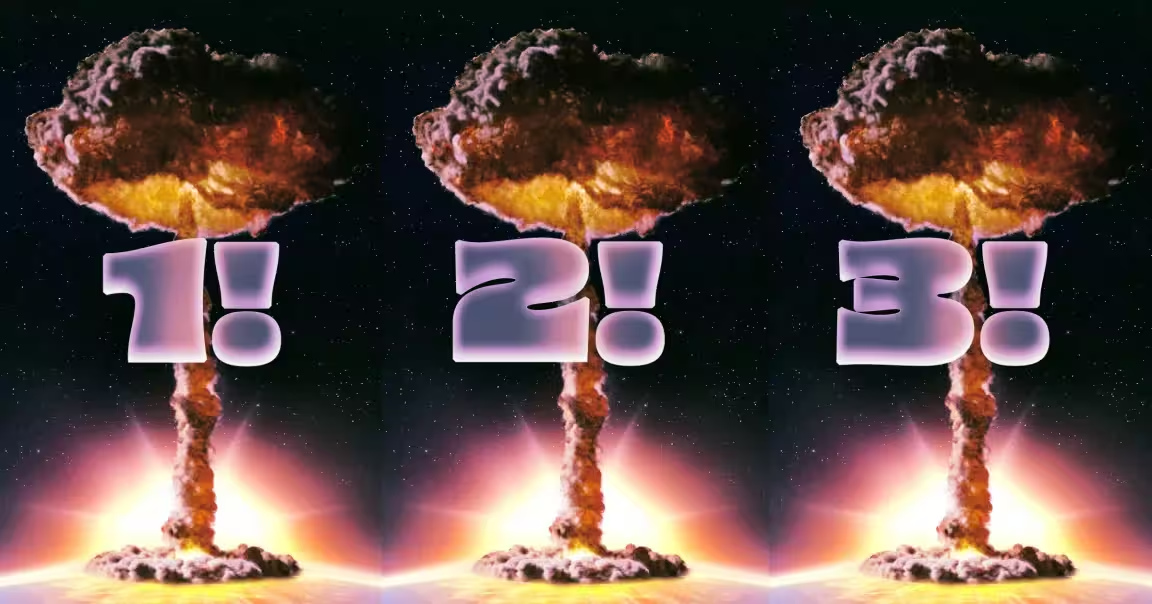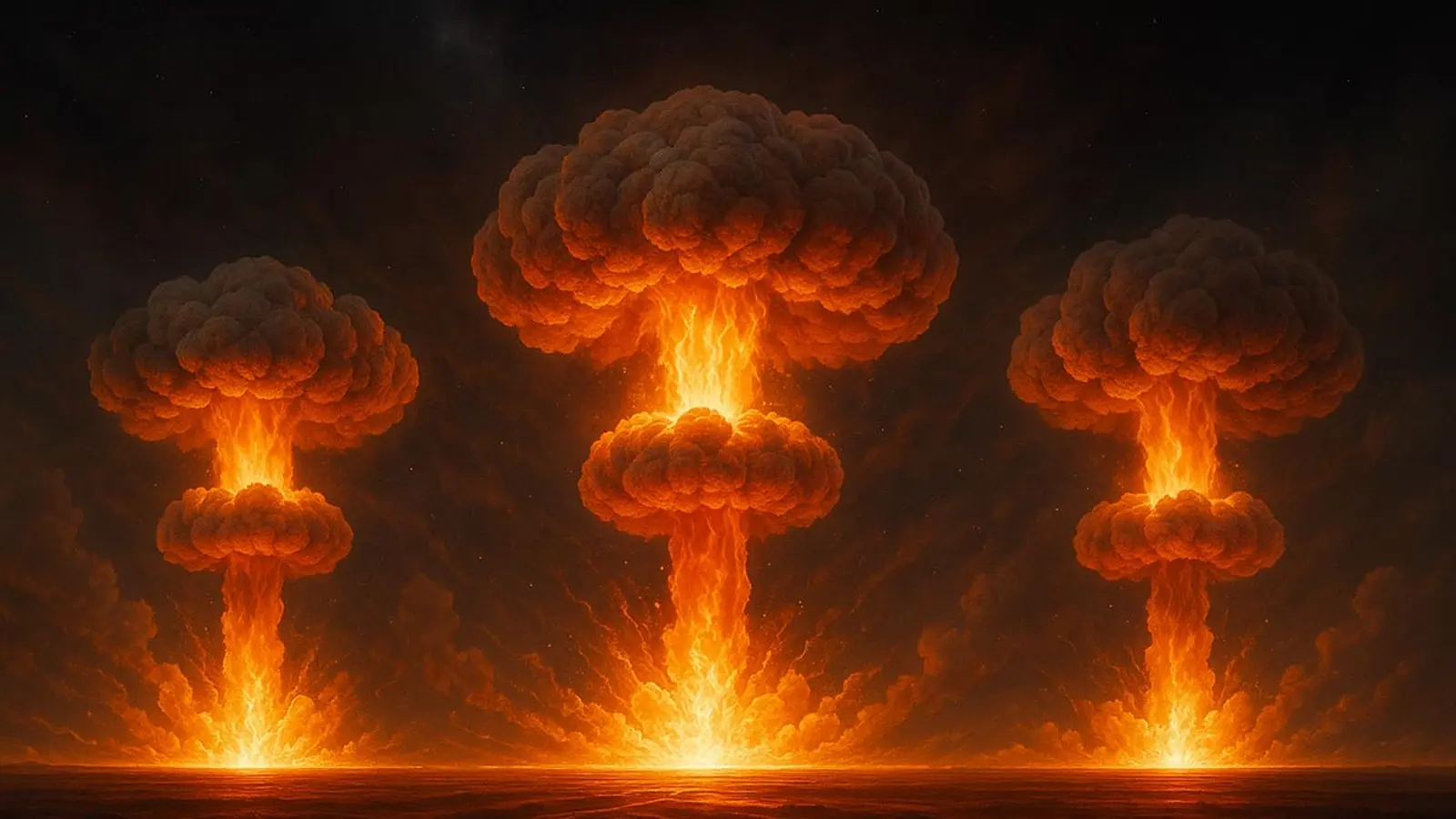5 Minutes
Chinese military researchers recently published a startling laboratory study that models what would happen if the same target were struck by three nuclear detonations in rapid succession. The experiment — small in scale but heavy in implication — found that multiple, closely timed blasts can dramatically enlarge the damage zone compared with a single explosion.
Inside the lab: how the triple-strike was simulated
Rather than detonating warheads, the team built a compact, heavily reinforced vacuum chamber and used pressurized gas to rupture glass spheres buried in quartz sand, mimicking the shock and soil displacement from successive explosions. High-speed cameras recorded every millisecond of the event, while data were cross-checked against historical nuclear tests to validate the setup.
The paper, published in the science journal Explosion and Shock Waves and reported by the South China Morning Post, explicitly references the 1965 US Palanquin test as a baseline. That Nevada-era explosion produced a crater roughly 119 feet in radius and about 69 feet deep. By recreating Palanquin at laboratory scale, the researchers established a benchmark for comparing single versus multiple blast scenarios.
Bigger craters, deeper damage
When the team simulated three rapid, consecutive strikes, the results were stark: the scaled-up impact produced a crater far larger than the Palanquin benchmark. The study projects a crater radius of roughly 374 feet and a depth near 115 feet for the multi-strike scenario — a dramatic expansion of both radius and volume compared with a one-off detonation.
In technical terms, the experiment showed that multi-point explosions significantly boost crater radius, displaced volume, and the projected free-surface area relative to single-point events. The depth at which the explosive effect is buried also changes the outcome substantially.

Why this research matters beyond the numbers
At first glance, the findings may sound like common sense: more explosions equal more damage. But there are important practical and strategic takeaways for military planners, civil defense designers, and policymakers.
- Bunker and shelter design: Engineers who model underground protection will need to account for intensified shock waves and altered soil ejection patterns caused by sequential detonations.
- Arms dynamics: The paper explicitly flags concern about a new class of low-yield, earth-penetrating warheads reportedly under development by other powers. These weapons are designed to target hardened facilities — and the Chinese study models how multiple strikes could magnify their effects.
- Escalation and deterrence: Faster, more destructive attack profiles reshape calculations about survivability, retaliation, and crisis stability between nuclear-armed states.
Put another way: this research gives militaries and civil planners better data to prepare for worst-case scenarios, but it also highlights how technological advances can complicate strategic stability.
Laboratory ethics and real-world limits
It’s worth stressing that this was a scaled laboratory simulation, not an actual nuclear test. The techniques used — pressurized gas, glass spheres, and sand — are meant to reproduce shock dynamics and crater formation without radiation or a full-scale detonation. That makes the work scientifically useful while sidestepping the legal and environmental consequences of live nuclear testing.
Still, the study feeds directly into questions about weapon development and defense. If low-yield, earth-penetrating warheads become operational, bunker designers will face a much tougher challenge. And as China and the United States continue to evaluate each other’s arsenals, published experiments like this one will factor into how both sides think about offense, defense, and deterrence.
What to watch next
Expect follow-up work that refines scaling models, explores different soil and burial-depth conditions, and tests countermeasures for hardened facilities. For now, the research offers a clear, if sobering, message: sequential detonations change the geometry of destruction in ways that single-blast assumptions don’t fully capture. That matters for anyone planning, building, or negotiating around the most destructive technologies on Earth.


Leave a Comment